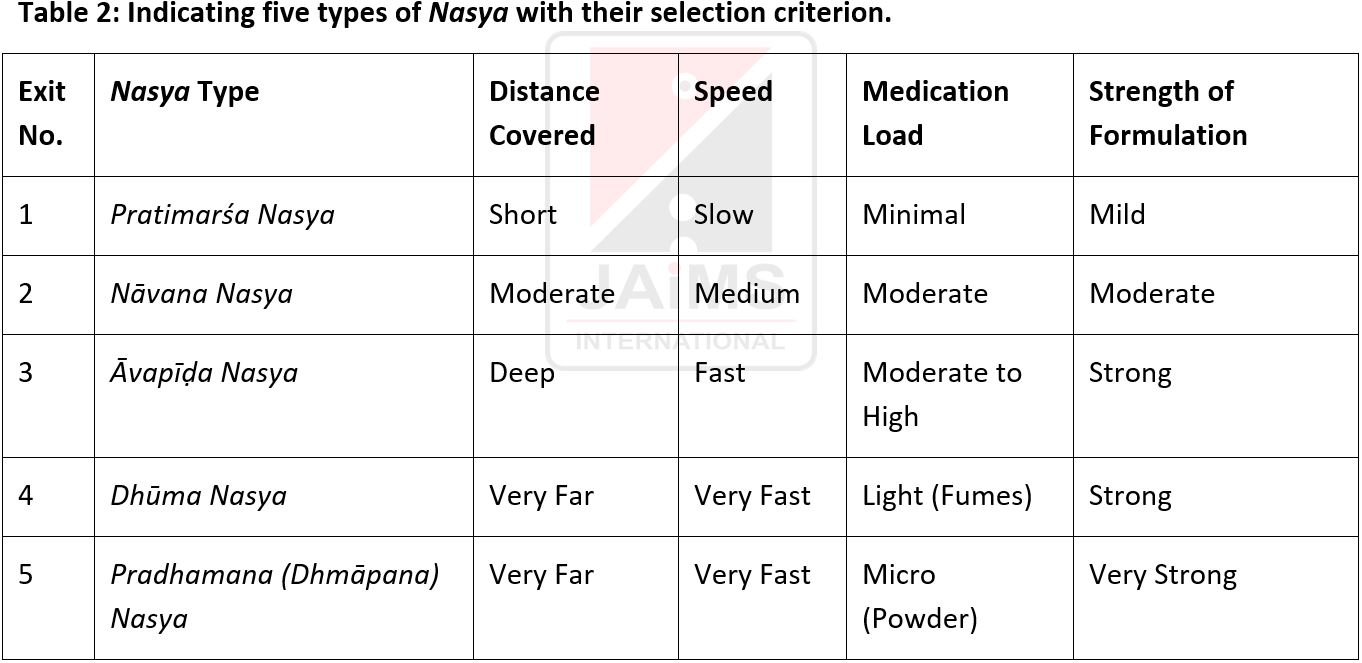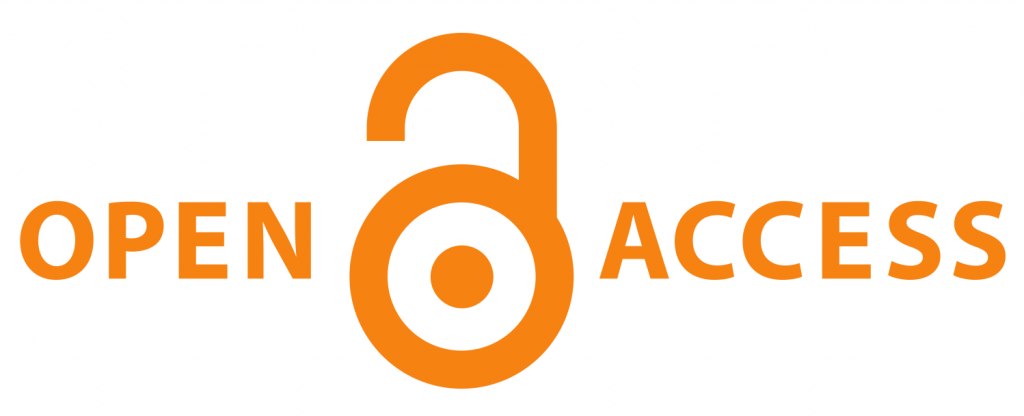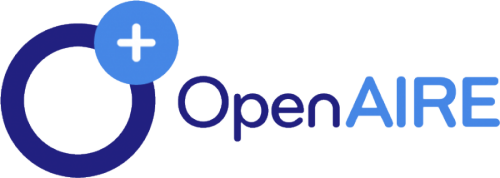A Novel Approach to Nasya Karma Selection: An Analogy-Based Framework
DOI:
https://doi.org/10.21760/jaims.10.4.11Keywords:
Nasya, Ayurveda, Panchakarma, Nasal Tunnel, Medicinal Administration, Analogical FrameworkAbstract
Nasya, a vital therapy in Ayurveda’s Panchakarma, involves the administration of medicated substances through the nasal passage to treat various head, neck, and neurological disorders. Despite its well-documented benefits, the selection of an appropriate Nasya therapy remains largely subjective, lacking a structured decision-making framework. This study introduces a novel analogy-based model - the Nasal Tunnel Model, which conceptualizes the nasal route as a tunnel with one entry and five distinct exits, each corresponding to a different type of Nasya.
The classification is based on four key parameters
- Distance covered - How far the medication travels within the nasal and cranial system.
- Speed of response - The rapidity and intensity of therapeutic action.
- Medication load - The quantity of medicated substance required.
- Strength of formulation - The potency and concentration of active ingredients.
By aligning each Nasya type with transportation and law enforcement analogies, this framework simplifies therapy selection, enhancing precision, efficacy, and patient safety. This structured approach offers Ayurveda practitioners a practical tool for choosing the appropriate Nasya therapy based on specific patient needs, making it more accessible for integration into modern clinical practice while preserving traditional wisdom. This analogy provides a practical approach to choosing the right Nasya type for specific conditions, ensuring optimal efficacy and patient safety.
Downloads
References
Narine A, Mangal G. Conceptual study of Nasya Karma and its various applications. Int Ayurvedic Med J. 2022 Feb;10(2):381-7.
Gaur B, Sinha G, Rai GN, Parida A. Review article on conceptual study of Nasya Karma and its pharmacodynamics. World J Pharm Res. 2021 Oct;10(10):1309-19.
Anuradha D. A hypothetical approach on effect of Nasya in induction of ovulation. Int J Ayurvedic Herb Med. 2022;12(3):4242-7.
Tripathi B. Caraksamhita of Agnivesh elaborated by Caraka & Drdhabala, Edited with Caraka chandrika hindi commentary. Varanasi: Chaukhamba Sanskrit Sanshthan; 2015. Sidhdhi Sthana, Trimarmiyasidhdhi adhyaya, verse 9:88-117. p. 1293-8.
Shastri A. Sushrutsamhita of Maharshi-Sushrut, Edited with Ayurveda-Tattva-Sandipika. Varanasi: Chaukhamba Sanskrit Sanshthan; 2015. Chikitsa Sthana, Dhoomnasyakavalgrahchikitsa adhyaya, Verse 40:20-57. p. 224-9.
Tripathi B. Astanga hrdayam of Srimadvagbhata, Edited with Nirmala hindi commentary. Varanasi: Chaukhamba Sanskrit Sanshthan; 2014. Sutra Sthana, Nasyavidhim adhyaya, Verse 20:1-20. p. 244-50.
Parikh RRJ. Sharangadhara Samhita. Sastu Sahitya; 1981. Uttar Khanda, Nasyavidhi, Verse 8:1-62. p. 571-83.
Selvaraj K, Gowthamarajan K, Karri VVSR. Nose-to-brain transport pathways: An overview of the potential of nanostructured lipid carriers in nose-to-brain targeting. Artif Cells Nanomed Biotechnol. 2018;46(8):2088-95.
Tai J, Han M, Lee D, Park IH, Lee SH, Kim TH. Different methods and formulations of drugs and vaccines for nasal administration. Pharmaceutics. 2022;14(5):1-19.















